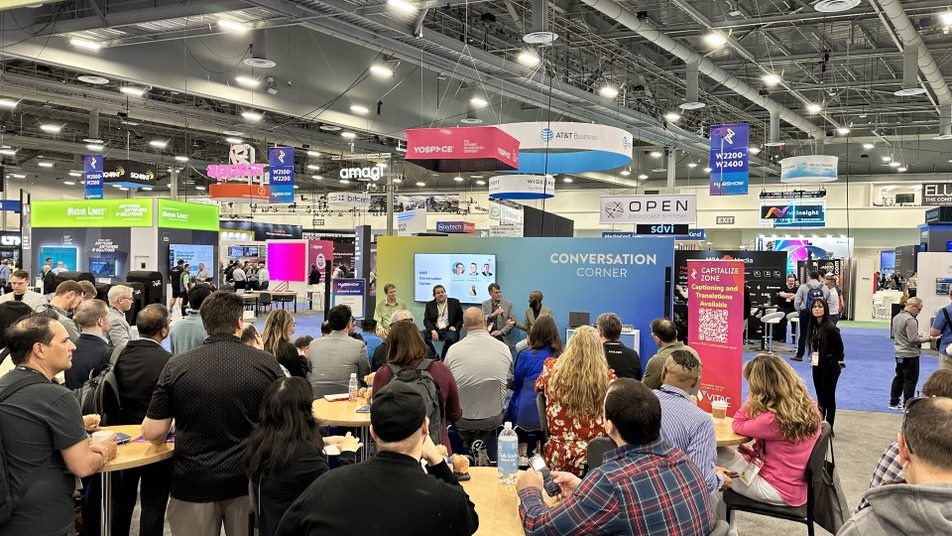Humans are visual creatures.
Our brains are made for visual processing, with studies showing that approximately 65 percent of people are “visual learners” (though some have estimated that number could be even higher, depending on a study’s methodology and learning styles).
People remember 80 percent of what they see and do and 20 percent of what they read, and a combination of text and image increases how much an audience remembers and processes by 650 percent. The most effective marriage of image and text, however, is one that’s relevant to the content, and complements and reinforces the message. Somewhat like the services that captions provide.
More than 5 percent of the world’s population – 466 million people, 432 million adults and 34 million children – has a disabling hearing loss. Approximately 50 million people in the United States (20 percent of Americans) are deaf or hard of hearing.
Captions display the audio portion of a television or video broadcast as text on the screen, providing a critical link to news, entertainment, and information for individuals who are deaf or hard of hearing (DHOH).
Captions also have myriad benefits for those outside of the DHOH community, including for those watching content in a noisy environment and those learning a second language. They also are a boon in education and literacy as captioned video can help readers of all ages — from elementary students, to middle schoolers, to adolescents, to college students, to adults — and are especially helpful for those who are reading below their grade level or who have learning difficulties.
 The specific cognitive areas that on-screen text can improve include word recognition, comprehension, and retention; vocabulary; identifying the main idea of a story; and listening skills. Reading captions also can motivate children to read more and read more often, helping them establish a link between the written and spoken word.
The specific cognitive areas that on-screen text can improve include word recognition, comprehension, and retention; vocabulary; identifying the main idea of a story; and listening skills. Reading captions also can motivate children to read more and read more often, helping them establish a link between the written and spoken word.
And most college and university students who use captions and transcripts on video and multimedia find them helpful as a learning tool, according to a research study from the University of South Florida St. Petersburg and its Distance Learning Accessibility Committee.
The study found that nearly 99 percent of students polled found captions helpful. It also compared two Psychology classes — one that employed captions, one that did not — and found that students in the class with access to captions had 7.2 percent higher grades than those in the class that lacked captions.
Captions benefit everyone and, when looking at the big picture, captions and learning styles are interconnected and have proven to be successful tools for all types of learners in all walks of life.




